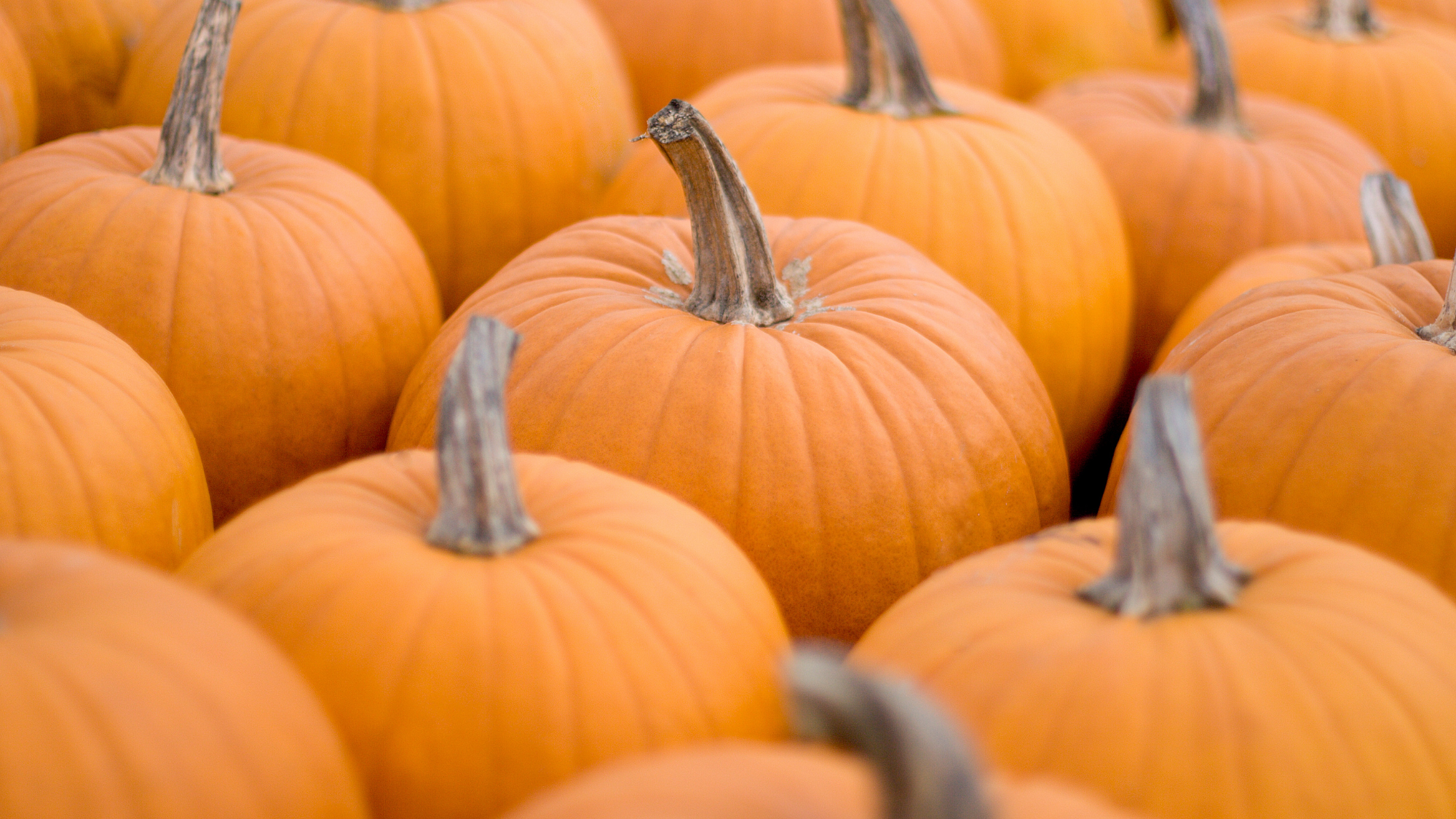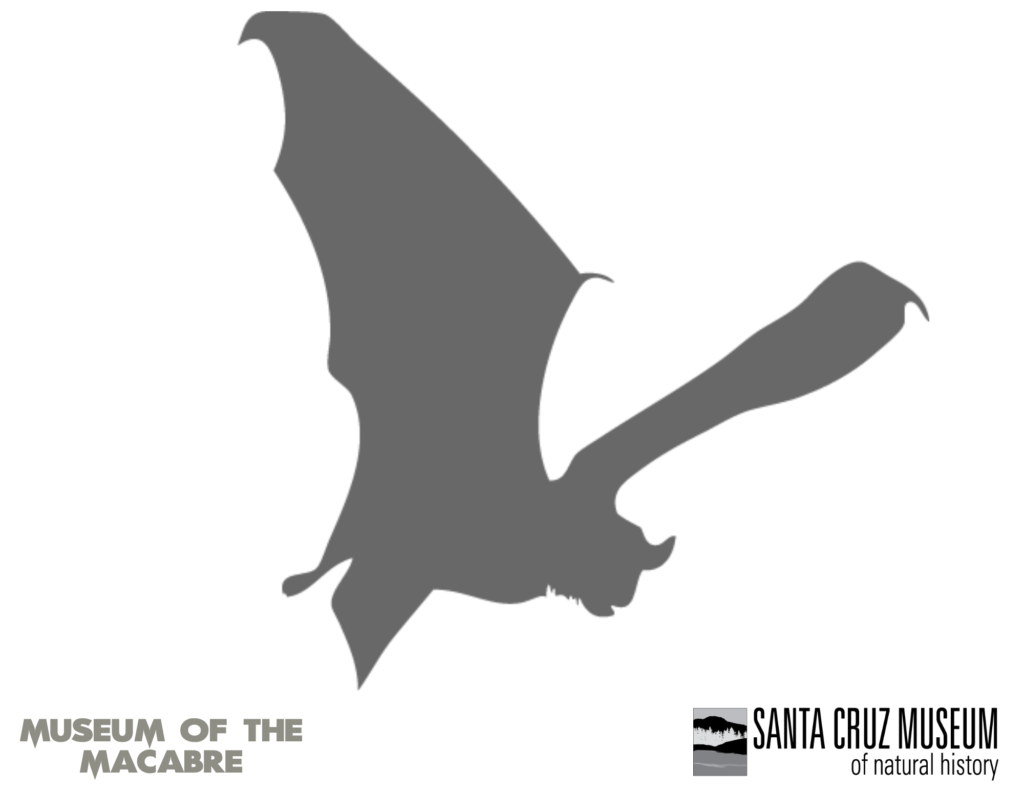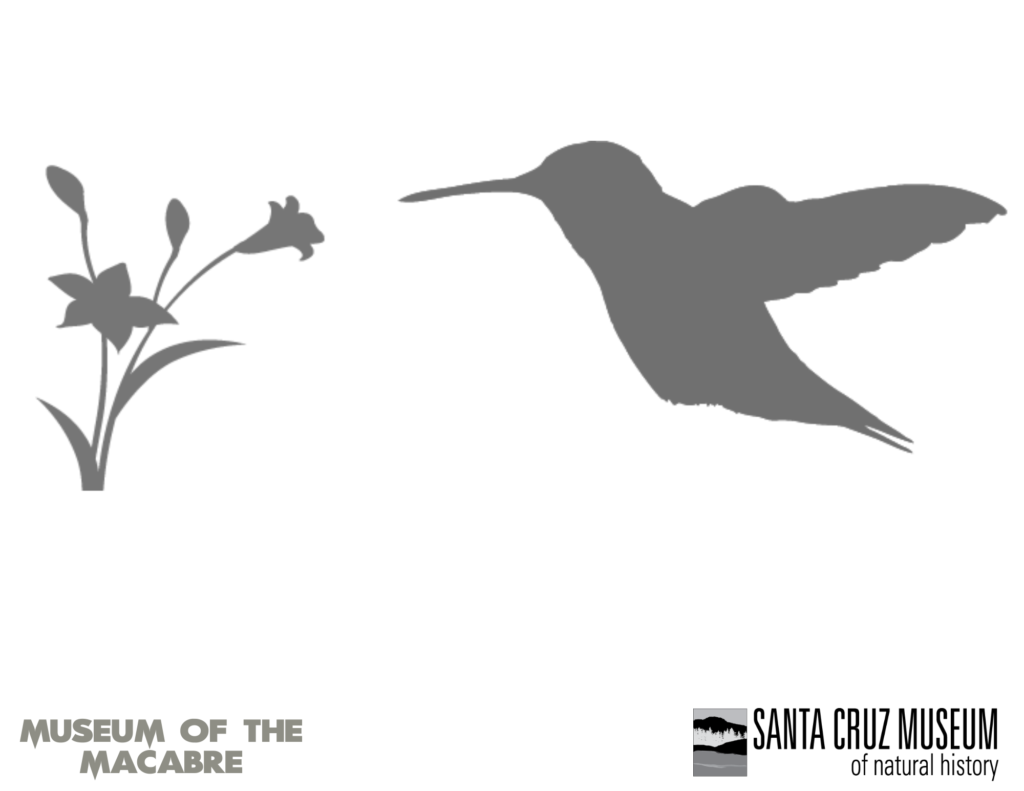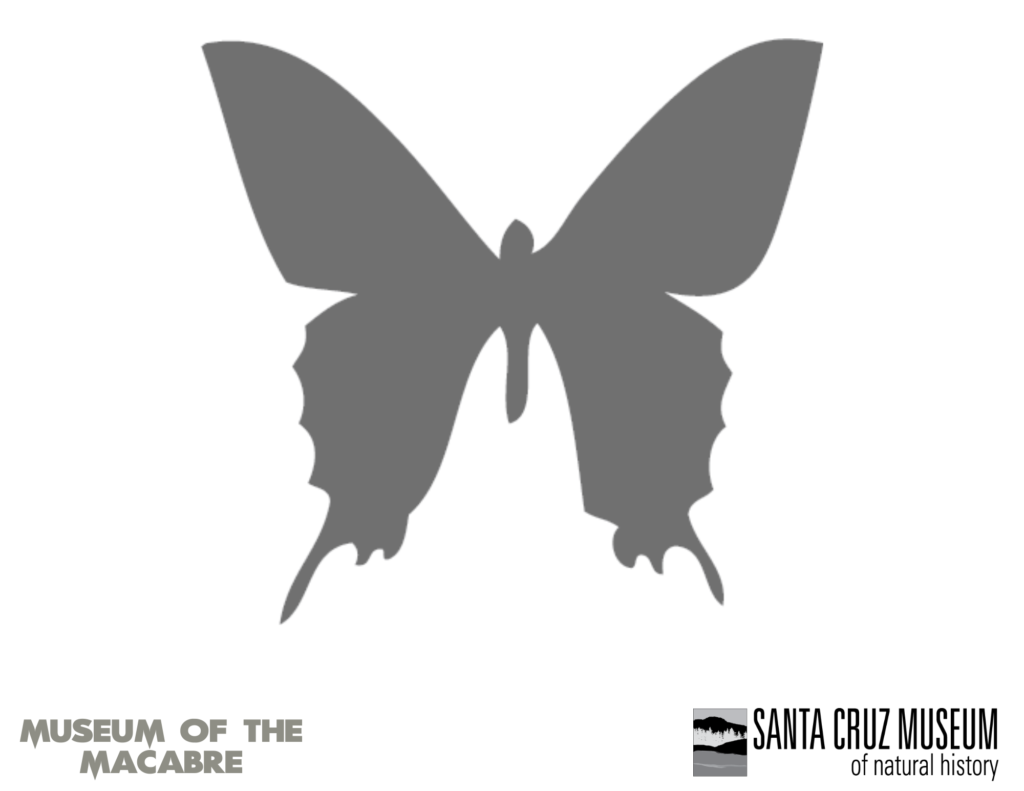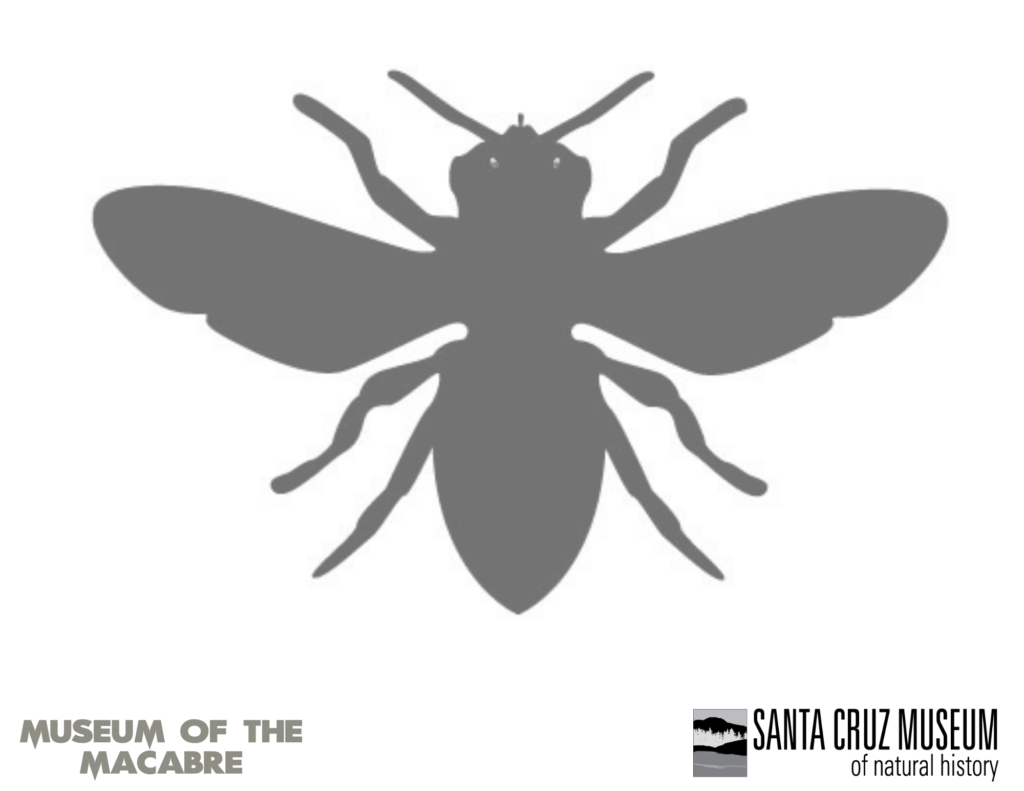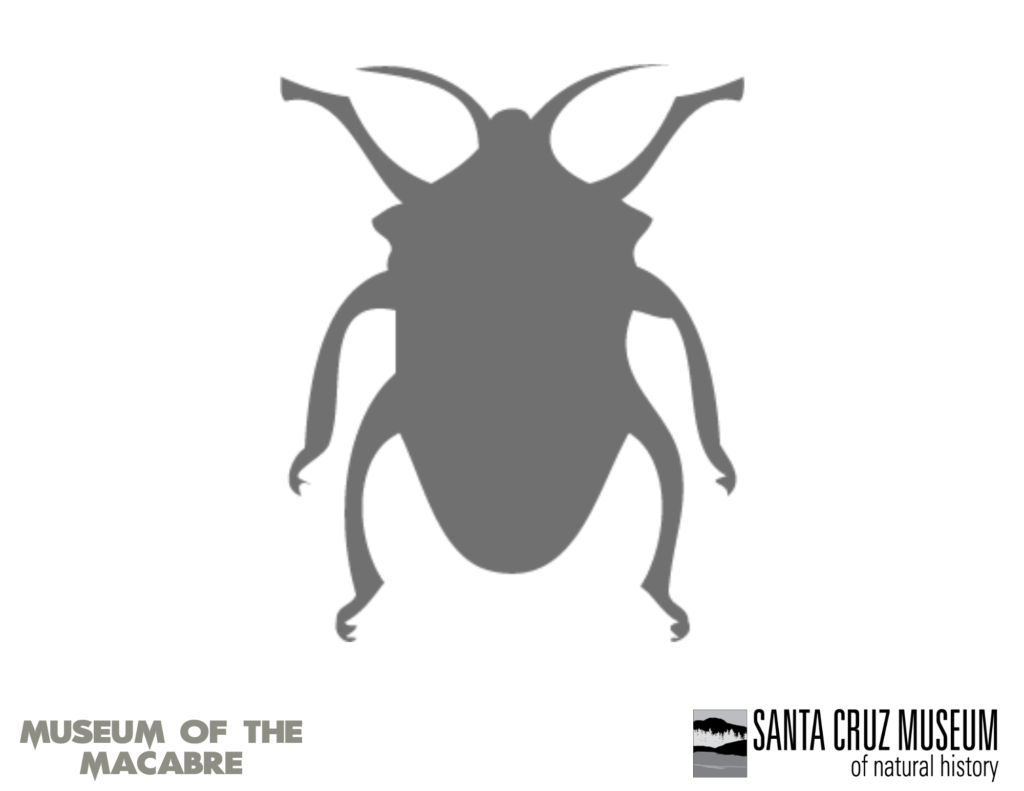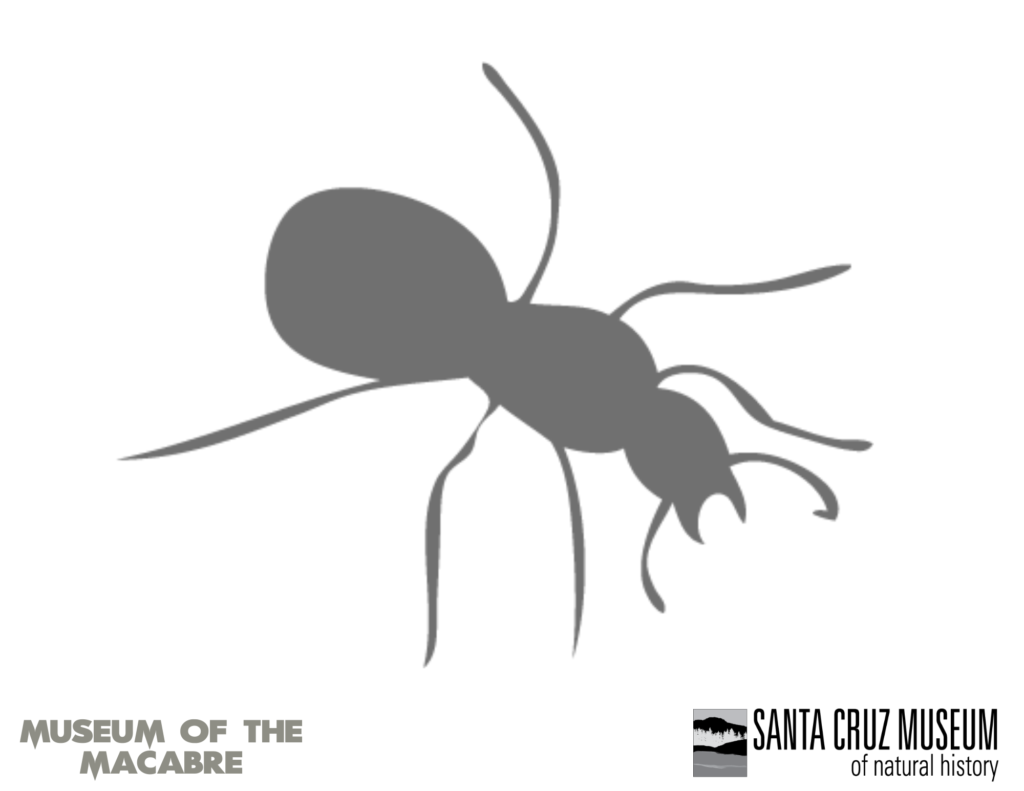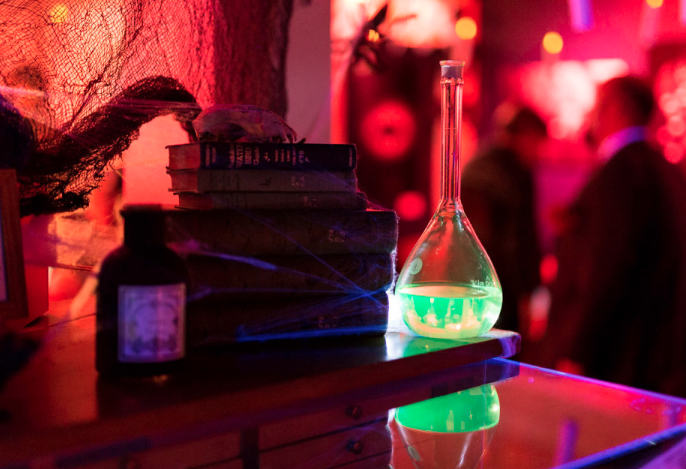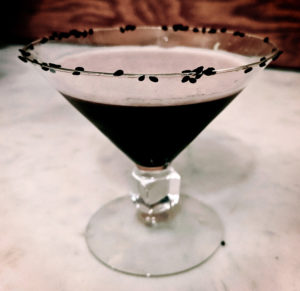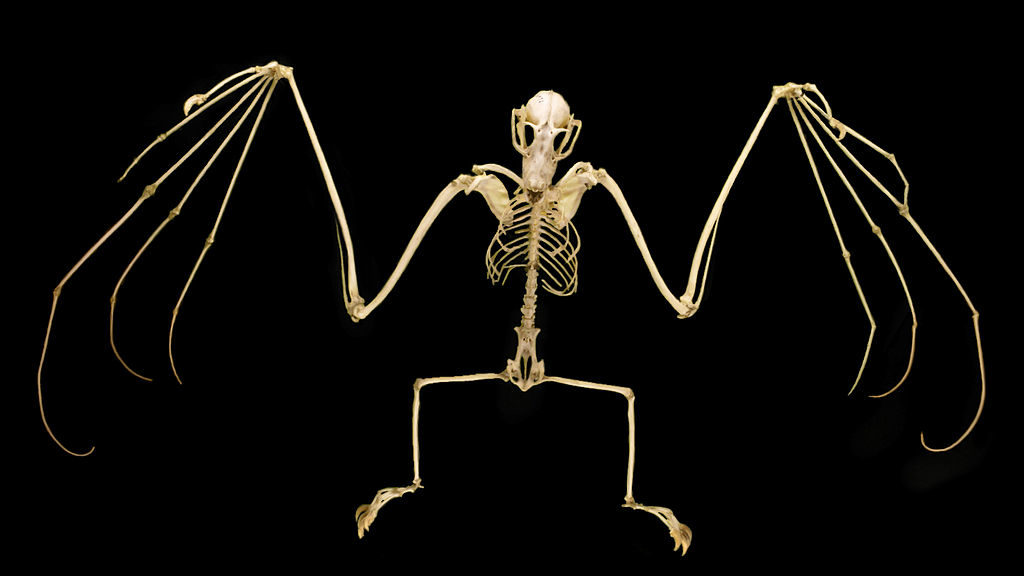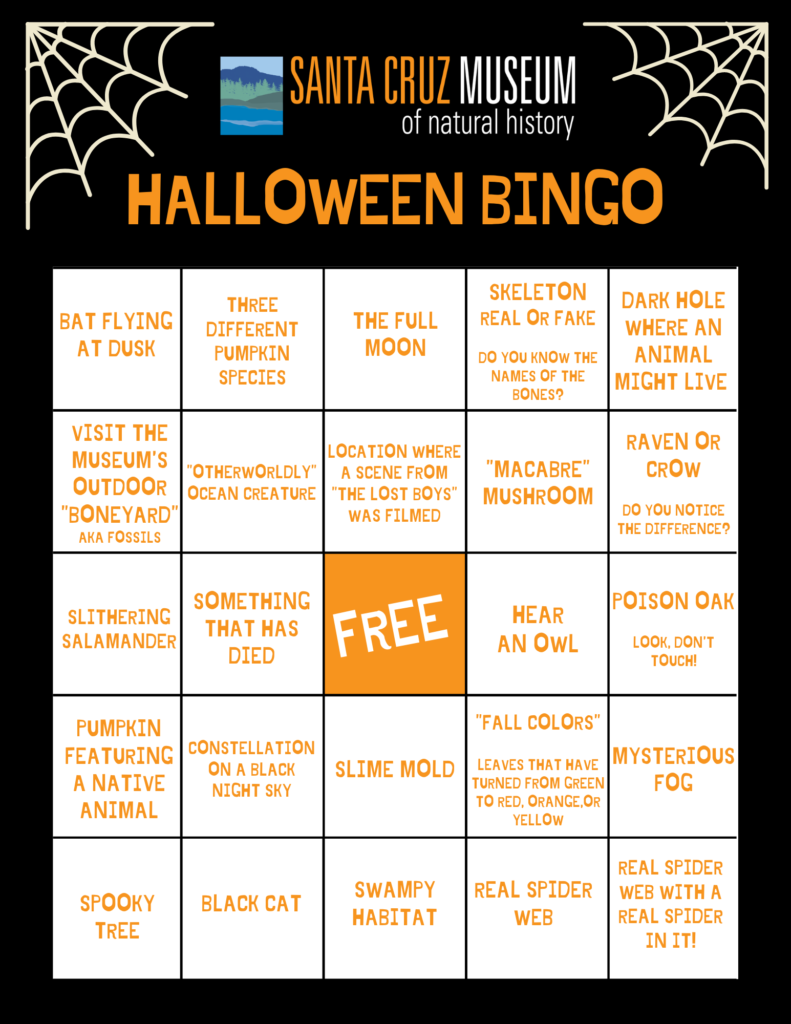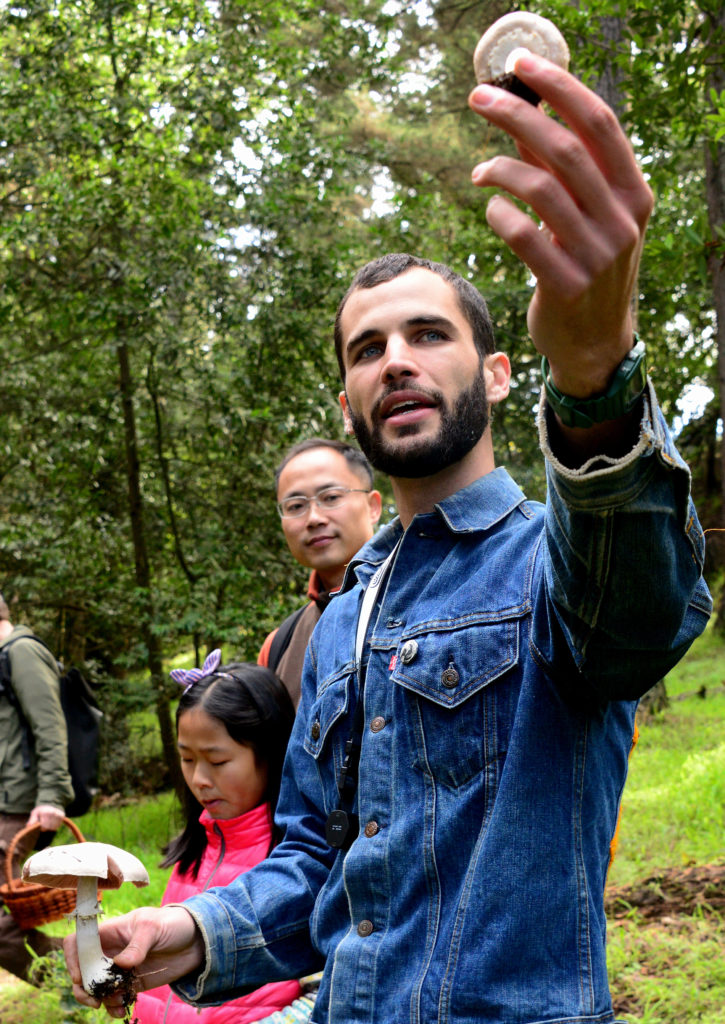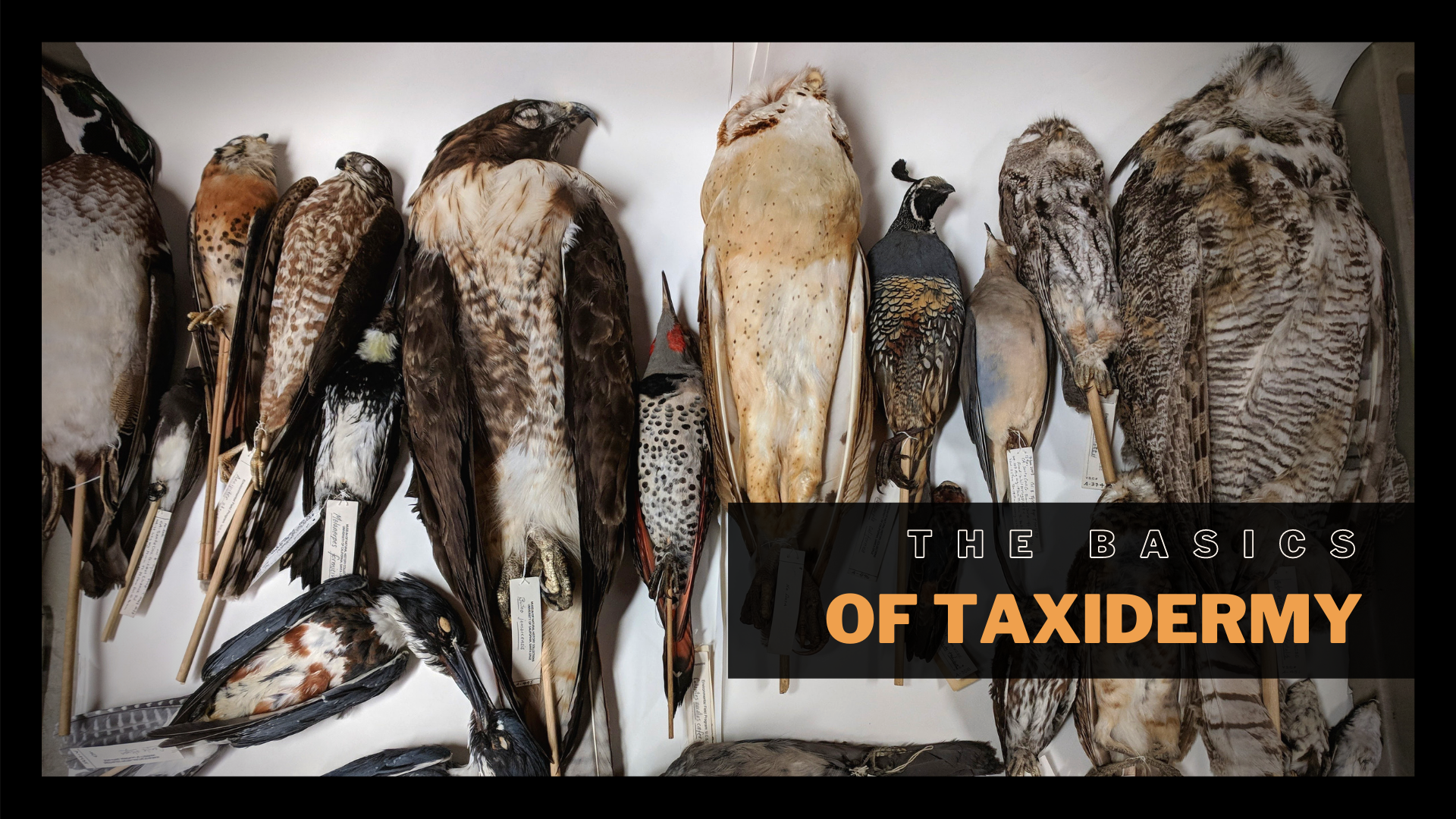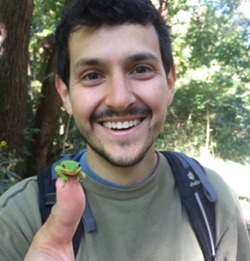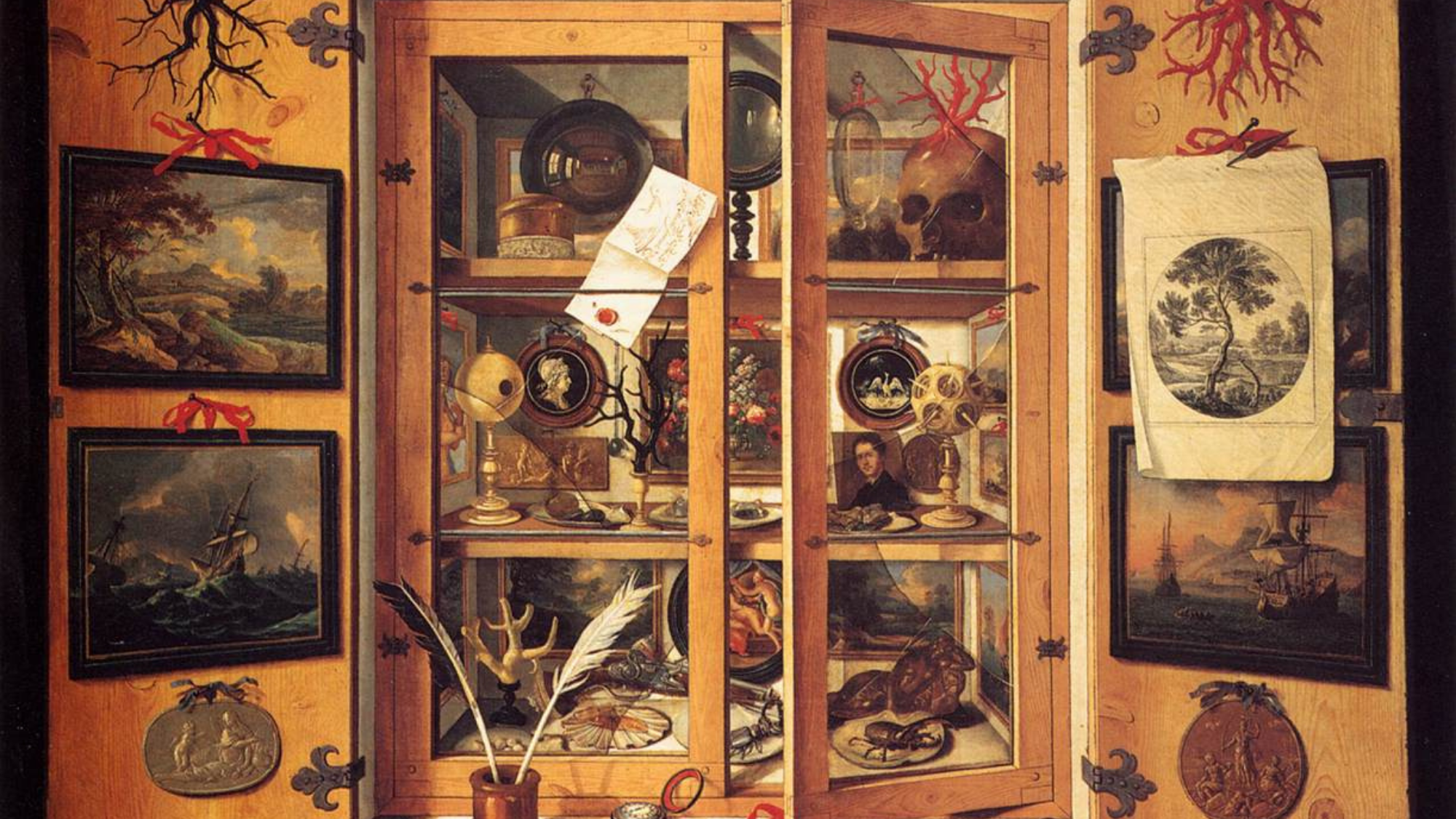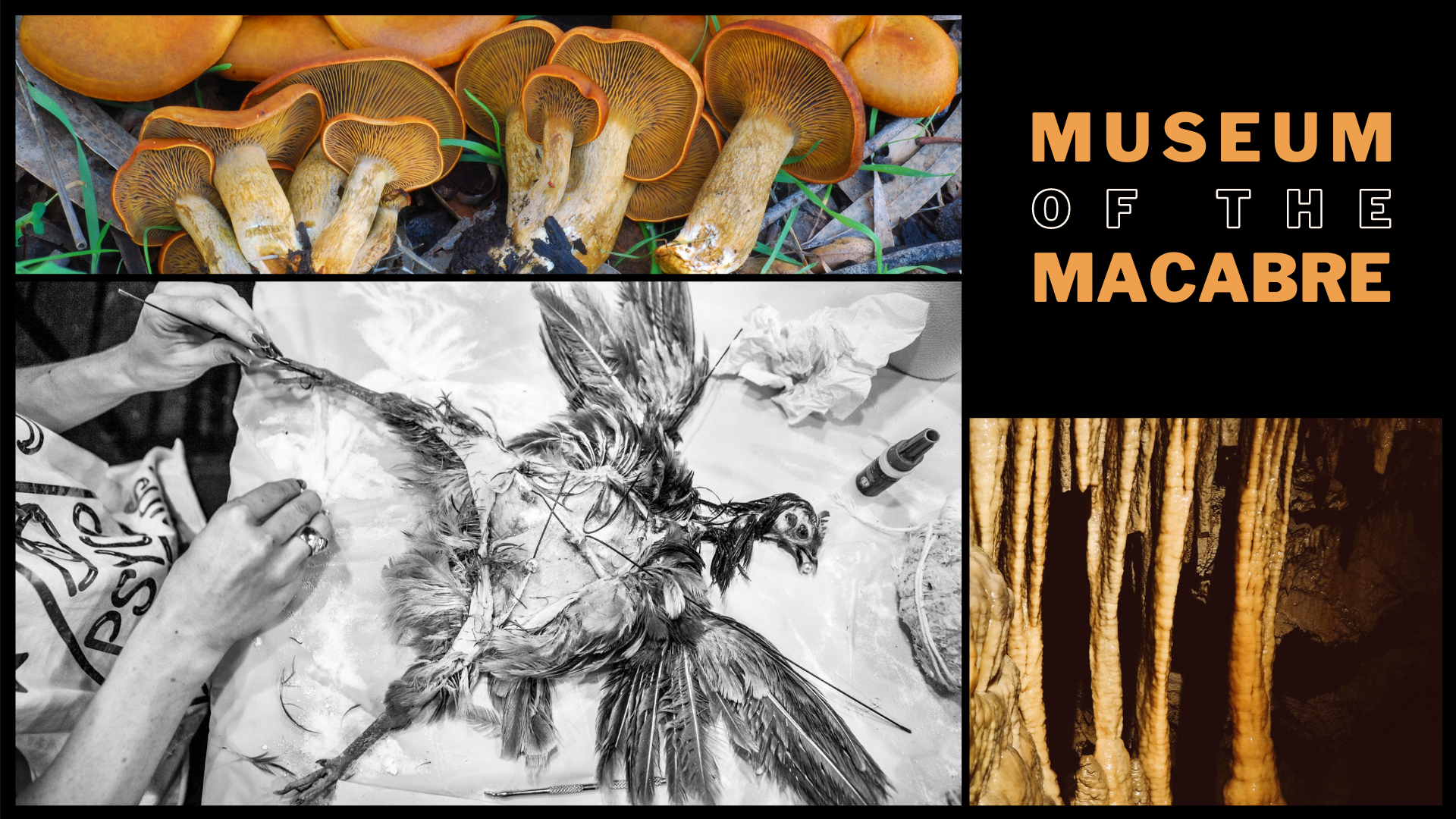This recipe is part of our series On the Rocks: Exploring Science and Nature through Curated Cocktails.
During summer months and into early fall, California’s native berry-producing plants provide humans and wildlife alike with a delicious source of nutrients.
[Gathering fruit] required an intimate familiarity with nature and natural patterns. … Indians watched the other animals and linked their behaviors with the ripening of the fruit. Goldfinches, for example, would begin to whistle more frequently when it was time for the Foothills Yokuts to gather blackberries. Keeping a close watch on weather patterns was also important. For example, rosehips…tasted sweetest after the first light frost or cold nights of fall. The Karuk harvested California huckleberries after the first frost because that was when they were sweetest.
Tending the Wild: Native American Knowledge and the Management of California’s Natural Resources by Kat Anderson, 2005
While there are many edible uses for our native berry varieties, a few species are particularly useful for making liqueurs to add a little local flavor to your cocktail game. Our favorites are California blackberry (Rubus ursinus), pink flowering currant (Ribes sanguineum), and blue elderberry (Sambucus nigra ssp. cerulea). Explore our foraging guide before you go out on the hunt and then try your hand at making your own liqueur with our recipe (below).
Foraging Ethics
Before you forage from natural landscapes, it’s important to Know Before You Go. Research the rules and regulations for the landscapes you hope to explore, study the species you may find, and be prepared to identify them accurately. Once you identify the species you would like to forage and you are confident that you are legally allowed to, consider how to do so in a way that does not cause harm. Only take what you will use and leave enough for wildlife.
Biologist of Potawatomi heritage Robin Wall Kimmerer provides an excellent blueprint for ethical foraging based on the indigenous principles of the Honorable Harvest:
Know the ways of the ones who take care of you, so that you may take care of them.
Braiding Sweetgrass: Indigenous Wisdom, Scientific Knowledge and the Teachings by Robin Wall Kimmerer, 2013
Introduce yourself. Be accountable as the one who comes asking for life. Ask permission before taking. Abide by the answer.
Never take the first. Never take the last. Take only what you need.
Use it respectfully. Never waste what you have taken. Share.
Give thanks for what you have been given.
Give a gift, in reciprocity for what you have taken.
Sustain the ones who sustain you and the earth will last forever.
Species and Seasons
Here’s when you are likely to find ripe fruit for the three native species you can use in our liqueur recipe:
Blue elderberry (Sambucus nigra ssp. cerulea): July and August
Pink flowering currant (Ribes sanguineum): July and August
California blackberry (Rubus ursinus): April through September
Liqueur Recipe
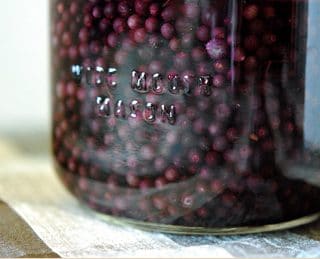
Ingredients
- 1/3 cup water
- 1 cup vodka
- 1 cup white sugar
- 1 cup ripe berries
Instructions
- Shake together the water, vodka, and sugar to dissolve sugar.
- Gently mix together with the berries.
- Leave to infuse about 10-12 days until the berries have lost most of their color.
- Pour through a fine strainer and discard the berries.
- Pour into bottle of your choice to use for months to come!





